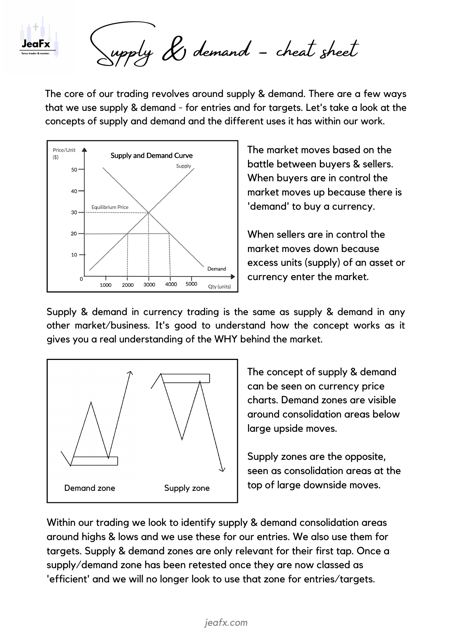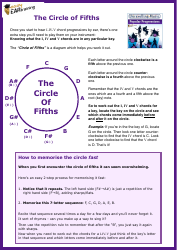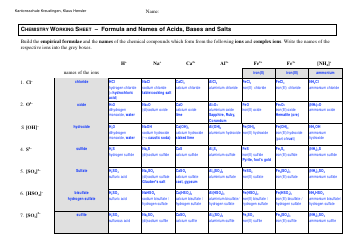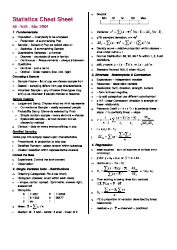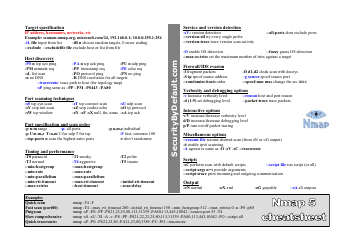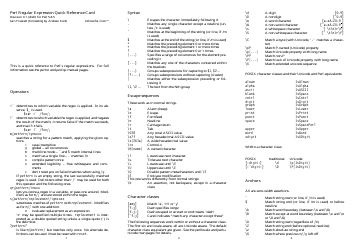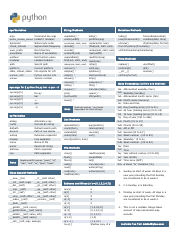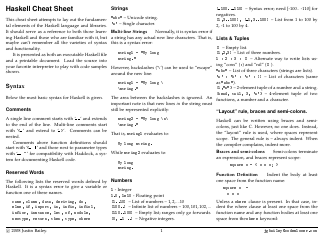Supply & Demand Cheat Sheet
The Supply & Demand Cheat Sheet is a quick reference guide that explains the basic concepts of supply and demand in economics. It helps individuals understand how the availability of a good or service (supply) and the desire or need for that good or service (demand) interact to determine the price and quantity in a market.
FAQ
Q: What is supply?
A: Supply refers to the quantity of a product or service that producers are willing and able to provide.
Q: What is demand?
A: Demand refers to the quantity of a product or service that consumers are willing and able to purchase.
Q: How do supply and demand interact?
A: Supply and demand interact to determine the equilibrium price and quantity of a product or service in a market.
Q: What is the law of supply?
A: The law of supply states that as the price of a product or service increases, the quantity supplied by producers also increases.
Q: What is the law of demand?
A: The law of demand states that as the price of a product or service decreases, the quantity demanded by consumers increases.
Q: What is equilibrium price?
A: Equilibrium price is the price at which the quantity demanded and the quantity supplied are equal.
Q: What happens when there is a surplus?
A: A surplus occurs when the quantity supplied exceeds the quantity demanded, leading to downward pressure on the price.
Q: What happens when there is a shortage?
A: A shortage occurs when the quantity demanded exceeds the quantity supplied, leading to upward pressure on the price.
Q: What factors can affect supply?
A: Factors that can affect supply include the cost of production, technology, government regulations, and the number of producers in the market.
Q: What factors can affect demand?
A: Factors that can affect demand include consumer preferences, income levels, population size, and the price of related goods or services.
